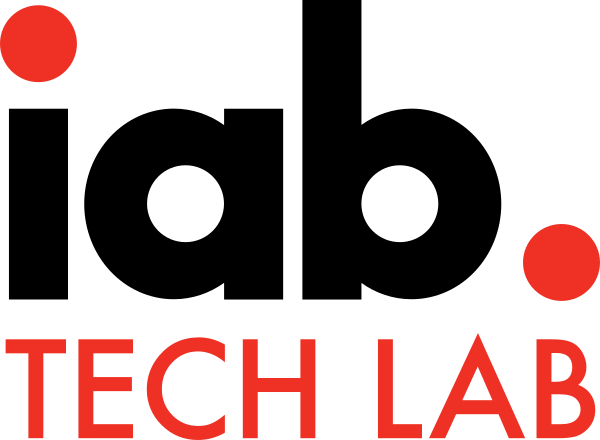Jill Wittkopp, VP of product at the IAB Tech Lab, will be speaking at Programmatic I/O, taking place in New York City from October 17-18. Click here to register.
You can’t have supply path optimization (SPO) without supply chain transparency.
The IAB Tech Lab’s ads.txt and sellers.json initiatives shed light on the programmatic supply chain by giving publishers a way to publicly identify which sellers are authorized to sell their inventory on the open web.
But, because ads.txt identifies the publisher website where the ads will be shown, and sellers.json identifies the final entity in the supply chain that is paid when purchasing that inventory, there can sometimes be discrepancies between the two. The buy side gets confused, and the discrepancies prevent programmatic supply validation.
The ads.txt version 1.1 update released in April added OWNERDOMAIN and MANAGERDOMAIN variables that allow publishers to label a site’s parent company and the intermediary that is selling a site’s ad inventory. These entities can now be included in the publisher’s OpenRTB bid request.
Clear labeling of publisher parent companies and the entities that manage the sale of ad inventory clarifies the buyer’s path to purchasing that inventory, said the IAB Tech Lab’s Jill Wittkopp.
Wittkopp spoke to AdExchanger about how these supply chain transparency tools relate to the industry’s pursuit of SPO and more.
AdExchanger: How does ads.txt version 1.1 help buyers in their SPO efforts?
JILL WITTKOPP: The new MANAGERDOMAIN variable is an interesting SPO tool. Previously, ads.txt listed reseller or direct relationships, and we haven’t changed that. But, with the addition of MANAGERDOMAIN, publishers can indicate that a reseller actually is the most direct path to their inventory.
We shouldn’t throw away all reseller inventory. But buyers want to make sure they are making the right decisions about those supply paths. It’s a huge step from an SPO perspective to know that, in a lot of the MANAGERDOMAIN cases, you can’t access inventory for that website in a truly direct manner.
What are the 1.1 update’s benefits for advertisers?
It’s a better way for advertisers to validate their supply chain and to address scenarios in which programmatic validations would fail. For example, if you were trying to validate that Better Homes and Gardens was the right seller account, that wouldn’t have worked unless the buyer had a separate mapping table that showed that Dotdash Meredith owned Better Homes and Gardens.
Buy-side platforms having to maintain their own proprietary tables to make sure that inventory is meeting their supply quality standards was a lot to take on. Now buy-side platforms can use the standard to perform this validation.
What’s the benefit for publishers?
They get to control messaging about their inventory. They can declare the owner of their company or that an exclusive partner is the most direct path to their inventory.
What should we be on the lookout for next from the IAB Tech Lab?
I also look after the open measurement SDK, and we have a big release for CTV coming out in Q4.
What’s next for ads.txt and sellers.json?
Our goal right now is to push adoption of these new OWNERDOMAIN and MANAGERDOMAIN fields and to push validation adoption. It’s easy to see whether a publisher has adopted OWNERDOMAIN and MANAGERDOMAIN, but it’s harder to see whether partners in the ecosystem are validating against those [fields]. So we want to focus on making sure that scenarios are available to see what validation could look like as a baseline, and making sure that we’re educating the supply chain on what to do with these variables.
This interview has been edited and condensed.
















